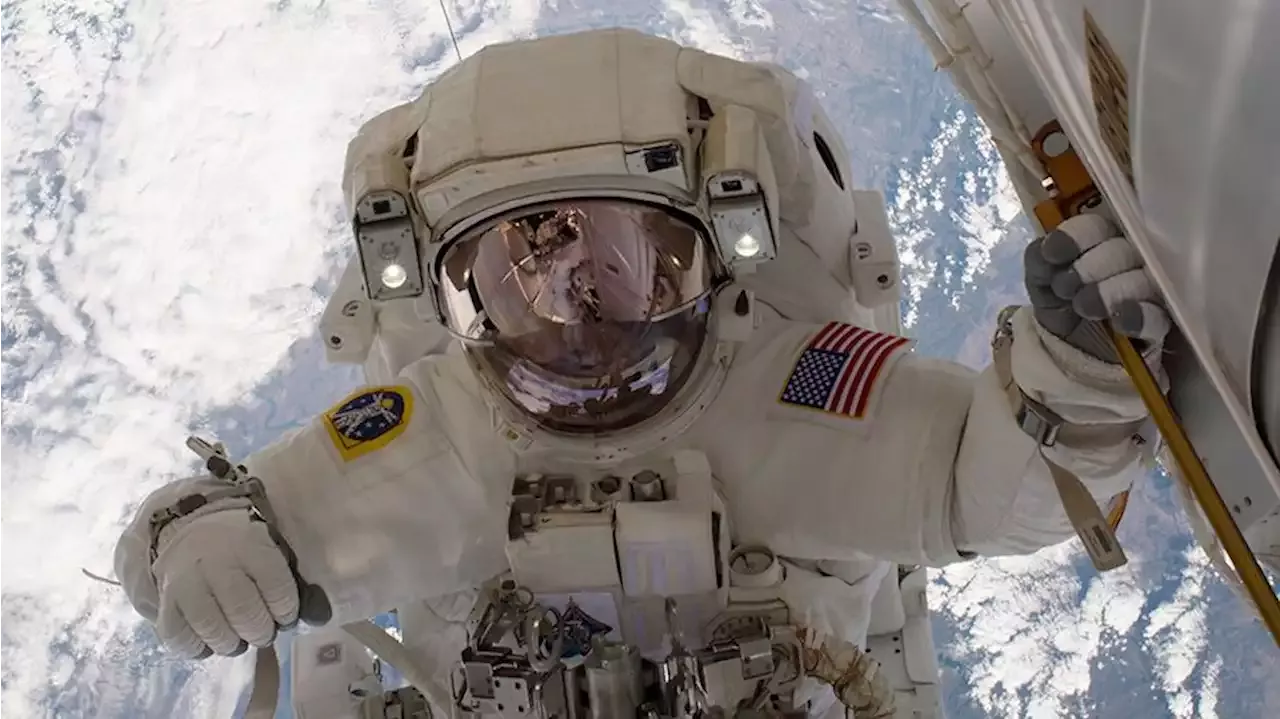The astronaut corps is at its smallest since the 1970s.
to return humans to the moon is set to change that, with the program's first crewed mission targeting 2024. That flight is meant to be the first stage in developing a long-term lunar exploration program that supports future human exploration ofAs a result, NASA is looking at sending more astronauts off-Earth — perhaps more than the agency can expect to have available, according to areleased on Tuesday that evaluates how NASA manages its astronauts.
Right now, NASA has the smallest astronaut corps since the crew slipped below 40 people in the 1970s. The current size of the corps is in part due to a surge in retirements — about 10 a year, according to the report — around 2011 when the agency grounded its fleet ofThe potential shortage is even more complicated because astronauts are not interchangeable, as the report noted.
The agency uses a formula to guide how many astronauts it will bring into each new class of astronaut candidates. Theof 10 was announced in December 2021 and just began the agency's general two-year training program; the class prior, which"graduated" in January 2020 added 11 astronauts to the corps. After becoming a full-fledged astronaut, training for a space station mission requires an additional 18 to 24 months. The first two astronauts to fly from the most recent graduated class are, Raja Chari and Kayla Barron. This lengthy training time means that the latest recruits likely won't begin to fly until perhaps late 2025, so the agency needs to think now about its crew requirements for later in the decade.
